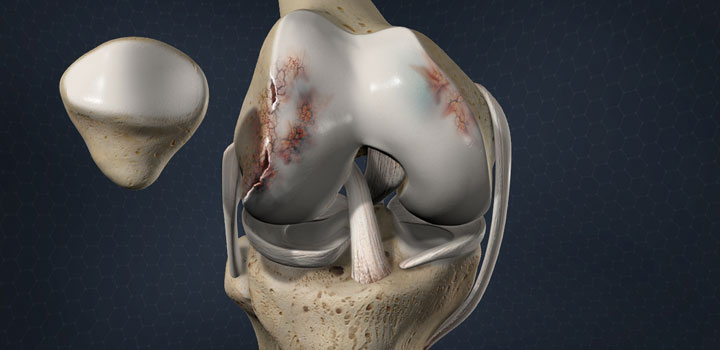Osteonecrosis: The Facts
You have been given this website either because you or some member of your family has been diagnosed with osteonecrosis (ON). Osteonecrosis is not particularly common, afflicting approximately 20,000 new patients per year in the U.S. However, patients are relatively young, with an average age of 38 (although any age can be affected). Since the diagnosis does not affect longevity there are several hundred thousand patients in the U.S. alone who are living with the disease.
What is osteonecrosis?
The term literally means death of bone (osteo=bone, necrosis=death). It has been known by a number of other names including ischemic necrosis of bone, aseptic necrosis and AVN (standing for avascular necrosis). AVN has been quite popular in its use because it is shorter to say and write. More recently the term osteonecrosis has been adopted.
Osteonecrosis can affect virtually any bone, but for practical purposes most cases involve only the hip, knee, shoulder or ankle joints in decreasing order of frequency. In fact, osteonecrosis of the hip accounts for more than 90% of the cases.
There are two major forms of osteonecrosis, post-traumatic and non-traumatic. Minor trauma is not believed to cause osteonecrosis. Even major injury does not often result in osteonecrosis. Certain kinds of fracture, where the blood vessels to part of the bone have been physically damaged, may result in osteonecrosis.
Non-traumatic osteonecrosis has been associated with a wide variety of diseases including gout, lupus, sickle cell disease, kidney or liver disease, and clotting disorders. In addition, high dosage steroid (cortisone) use is sometimes associated with osteonecrosis, as well as high alcohol consumption. Finally, as many as 30% of all patients with osteonecrosis are otherwise completely healthy with no associated risk factor. This is called “idiopathic,” a medical term meaning “of unknown cause.”


